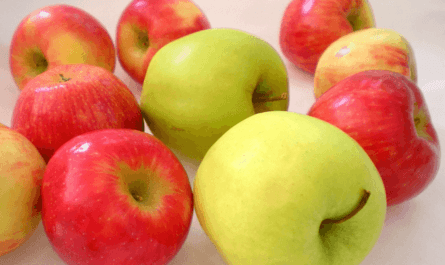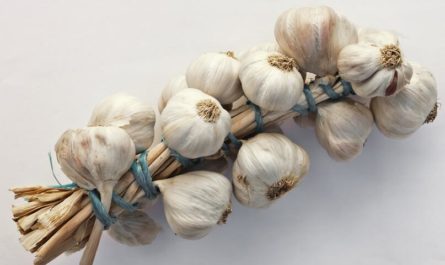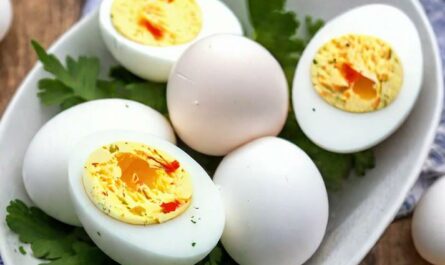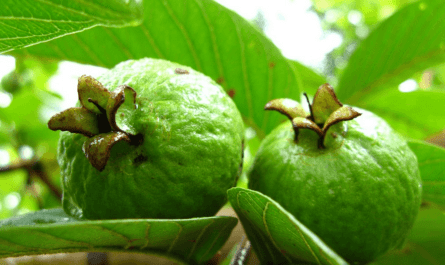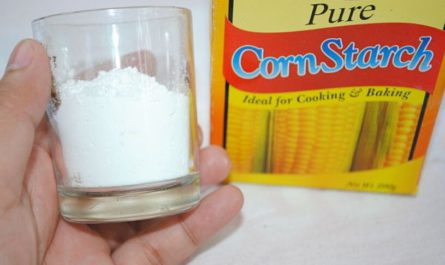Are you a fan of the creamy, refreshing taste of green milk tea? Green milk tea is a delightful and refreshing beverage, that has gained immense popularity in recent years. This delicious drink combines the goodness of green tea with the creaminess of milk, creating a perfect balance of flavors. Today, we will discuss how to make delicious green milk tea in your kitchen.
What is green milk tea?
Green milk tea is a beverage that combines brewed green tea with milk and often a sweetener. The green tea used in this drink is derived from the leaves of the Camellia sinensis plant. They are processed differently than other types of tea, such as black or oolong tea. The leaves are harvested, withered, and then quickly heated through steaming or pan-firing to prevent oxidation.
This process preserves the natural green color of the leaves and results in a lighter, more delicate flavor that pairs well with the creaminess of milk. The combination of green tea and milk creates a harmonious balance of flavors. It has the slight bitterness of the tea complemented by the sweetness and richness of the milk.
The addition of a sweetener, such as sugar or honey, can further enhance the taste and make the drink more palatable for those who prefer a sweeter beverage.
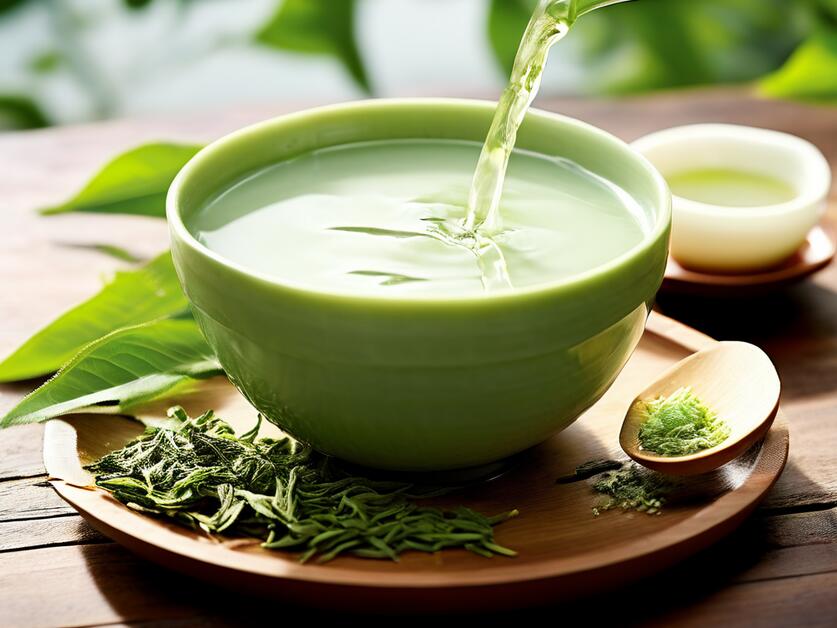
Types of Milk for Green Milk Tea
When it comes to making green milk tea, you have several options for the type of milk you can use. Here are some of the most popular choices:
- Dairy Milk: Whole milk, 2%, or skim milk are all suitable options for green milk tea. Whole milk will give you the creamiest and richest flavor, while lower-fat milk will result in a lighter drink.
- Plant-Based Milk: If you’re lactose intolerant, vegan, or simply prefer non-dairy alternatives, you can use plant-based milk like almond, soy, oat, or coconut milk. Each of these milk will add its unique flavor and texture to your green milk tea.
- Condensed Milk: For a sweeter and more indulgent treat, you can use condensed milk instead of regular milk and sweetener. This will give your green milk tea a rich, creamy texture and a caramel-like flavor.
Benefits of Drinking Green Milk Tea
Not only is green milk tea delicious, but it also offers several potential health benefits. Here are a few reasons why you might want to consider incorporating this beverage into your diet:
1. Rich in Antioxidants
Green tea is packed with antioxidants called catechins, which can help protect your cells from damage caused by free radicals. Matcha, in particular, is known for its high concentration of a catechin called EGCG (epigallocatechin gallate). It has various health benefits, including improved brain function and weight loss.
2. May Boost Metabolism
Some studies suggest that caffeine and catechins in green tea may help increase your metabolism and promote fat burning. In addition, drinking green milk tea as part of a balanced diet and exercise routine may support your weight loss goals.
3. Provides Essential Nutrients
Milk is an excellent source of calcium, protein, and other essential nutrients. They are important for maintaining strong bones, muscles, and overall health. By combining milk with green tea, you’re creating a beverage that offers a range of nutrients in one tasty package.
4. May Reduce Stress and Improve Mood
Green tea contains an amino acid called L-theanine. It has been shown to promote relaxation and reduce stress without causing drowsiness. The act of preparing and enjoying a warm cup of green milk tea can also be a soothing ritual that helps you unwind and de-stress.
5. May Support Heart Health
Some studies suggest that the antioxidants in green tea may help lower the risk of heart disease by reducing LDL (bad) cholesterol. It can also improve blood flow, and prevent the oxidation of LDL particles, which can contribute to the formation of arterial plaques.
6. May Enhance Brain Function
The combination of caffeine and L-theanine in green tea has been shown to improve cognitive performance. This is particularly true in the areas of attention, memory, and reaction time. Drinking green milk tea may help you stay focused and alert throughout the day.
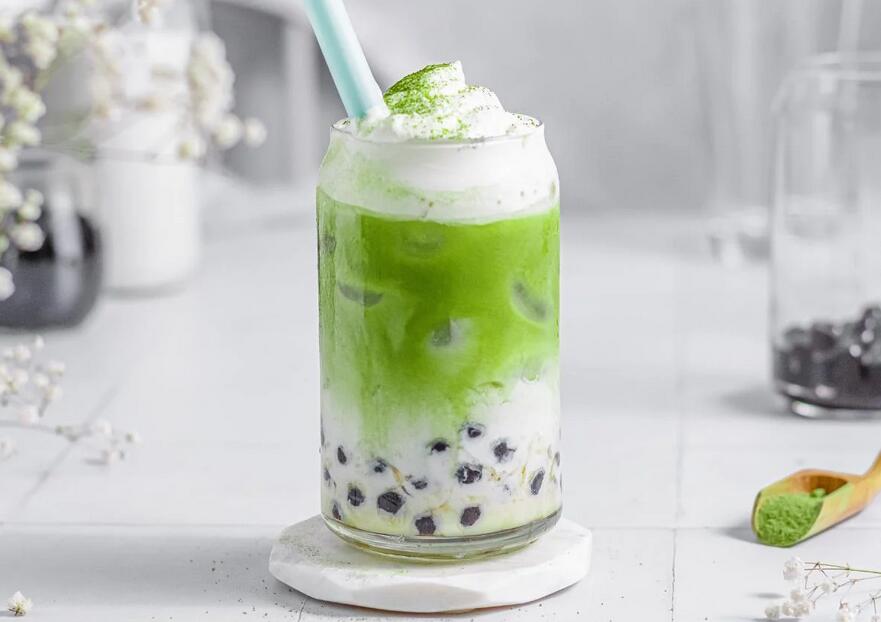
How to Make Delicious Green Milk Tea at Home
1. Ingredients and Equipment
Now that you know the benefits of green milk tea, let’s gather the ingredients and equipment you’ll need to make it at home. Here’s what you’ll need:
Ingredients:
- 1 tsp matcha powder
- 1 cup milk (dairy, almond, or soy)
- 1-2 tsp honey or sugar (optional)
Equipment:
- Small saucepan
- Whisk or frother
- Measuring cups and spoons
- Sieve or fine-mesh strainer
- Mug or cup
Choosing the Right Matcha Powder
When it comes to making green milk tea, the quality of your matcha powder can make a big difference in the taste and overall experience. Here are a few tips for choosing the right matcha powder:
- Look for Pure Matcha: Make sure the matcha powder you choose is pure and doesn’t contain any additives or fillers. The ingredient list should only include green tea leaves.
- Check the Color: High-quality matcha should have a vibrant, bright green color. If the powder looks dull or yellowish, it may be lower quality or past its prime.
- Consider the Grade: Matcha comes in different grades. The ceremonial grade is the highest quality and the culinary grade is more affordable and suitable for cooking and baking. For green milk tea, a high-quality culinary grade or a lower-grade ceremonial matcha will work well.
- Read Reviews: Before purchasing matcha powder, read reviews from other customers to get an idea of the product’s quality, taste, and overall value.
Remember, while higher-quality matcha may be more expensive, a little goes a long way. You only need about 1 tsp of matcha powder per cup of green milk tea. So a small tin of high-quality matcha can last you quite a while.
Step-by-Step Instructions
Follow these simple steps to make a perfect cup of green milk tea:
1. Heat the Milk: Pour the milk into a small saucepan and heat it over medium heat until it’s steaming and small bubbles form around the edges. Be careful not to let the milk boil, as this can affect the taste and texture.
2. Sift the Matcha Powder: While the milk is heating, sift the matcha powder through a sieve or fine-mesh strainer into a mug or cup. This helps to remove any clumps and ensures a smooth, lump-free texture.
3. Add Hot Water: Pour a small amount of hot water (about 1-2 tbsp) over the sifted matcha powder and whisk vigorously until the powder is fully dissolved and the mixture becomes smooth and frothy. This step helps to “awaken” the matcha and release its full flavor.
4. Pour in the Hot Milk: Once the milk is heated and the matcha is whisked, slowly pour the hot milk into the mug, stirring gently to combine. If you’re using a frother, you can froth the milk before pouring it into the mug for an extra creamy texture.
5. Sweeten to Taste: If desired, add honey or sugar to taste and stir until fully dissolved. Start with a small amount and adjust according to your preference.
6. Enjoy: Your delicious green milk tea is ready! Take a moment to savor the aroma and enjoy the creamy, slightly bitter, and sweet taste of this comforting beverage.
Tips for Whisking Matcha
Whisking matcha is an essential step in making green milk tea, as it helps to fully dissolve the powder and create a smooth, frothy texture. Here are a few tips to help you whisk like a pro:
Use a Chasen: A chasen is a traditional Japanese bamboo whisk specifically designed for preparing matcha. Its fine, delicate bristles help to break up any clumps and create a smooth, foamy texture. If you don’t have a chasen, a regular kitchen whisk or a milk frother can also work.
Whisk in a “W” Motion: When whisking matcha, use a gentle “W” motion, moving the whisk back and forth and side to side to evenly distribute the powder and create a smooth paste. Avoid whisking in a circular motion, as this can create air bubbles and lead to a less smooth texture.
Whisk Until Frothy: Continue whisking the matcha until it becomes smooth and frothy, with small bubbles forming on the surface. This usually takes about 15-20 seconds of vigorous whisking.
Don’t Over-Whisk: While it’s important to whisk the matcha well, be careful not to over-whisk, as this can cause the mixture to become bitter and gritty. Once the matcha is smooth and frothy, you can stop whisking and proceed with adding the hot milk.

Variations and Customization
One of the best things about making green milk tea at home is the ability to customize it to your liking. Here are a few ideas for variations and add-ins to help you create your perfect cup:
Iced Green Milk Tea: For a refreshing twist on the classic recipe, try making iced green milk tea. Simply prepare the matcha and milk as usual, then pour the mixture over ice and enjoy.
Sweeteners: While honey and sugar are the most common sweeteners for green milk tea, you can also experiment with other options. This includes agave nectar, maple syrup, or even flavored syrups like vanilla or caramel.
Spices and Herbs: Add a pinch of cinnamon, nutmeg, or cardamom to your green milk tea for a warm, spicy flavor. You can also try adding fresh herbs like mint or lavender for a refreshing, floral twist.
Toppings: For an extra treat, you can add green milk tea with a dollop of whipped cream, a sprinkle of matcha powder, or some toasted coconut flakes.
Bubble Tea: To make green milk tea bubble tea, simply add cooked tapioca pearls (boba) to your finished tea. You can find boba at most Asian grocery stores or online, and they’re easy to prepare at home.
Blended: For a thicker, smoothie-like texture, try blending your green milk tea with ice and a banana or avocado. This creates a creamy, nutrient-packed treat that’s perfect for a hot summer day.
Remember, the possibilities for customization are endless. So don’t be afraid to get creative and experiment with different flavors and add-ins until you find your perfect combination.
Frequently Asked Questions
1. Can I use regular green tea instead of matcha powder?
While you can use brewed green tea as a base for milk tea, matcha powder is the traditional choice for green milk tea. Matcha is made from finely ground green tea leaves and has a more concentrated flavor and color than regular green tea.
2. Can I make green milk tea without a whisk?
While a whisk is a traditional tool for preparing matcha, you can use a milk frother or even a blender to mix the matcha powder and hot water. The key is to ensure that the powder is fully dissolved and the mixture is smooth and frothy before adding the milk.
3. How can I store leftover green milk tea?
If you have leftover green milk tea, you can store it in an airtight container in the refrigerator for up to 2 days. When ready to drink, give it a good stir or shake to redistribute any settled matcha powder. Enjoy it cold or reheat it gently in the microwave or on the stovetop.
4. Can I make a larger batch of green milk tea?
Yes, you can easily scale up this recipe to make a larger batch of green milk tea. Simply multiply the ingredients proportionally based on the number of servings you want to make. You can store the extra servings in the refrigerator for later enjoyment.
5. What’s the best way to froth milk for green milk tea?
There are several ways to froth milk for green milk tea, depending on the tools you have available. You can use a handheld milk frother, a French press, a blender, or even a jar with a tight-fitting lid. The key is to agitate the milk vigorously until it becomes frothy and doubles in volume.
6. Can I use a different type of tea instead of matcha?
While matcha is the traditional choice for green milk tea, you can certainly experiment with other types of tea like hojicha (roasted green tea), chai, or even black tea.
Keep in mind that the flavor profile and color of the drink will be different, but it can still be a delicious and comforting beverage.
7. How much caffeine is in a cup of green milk tea?
The amount of caffeine in a cup of green milk tea can vary depending on the amount and quality of matcha used. On average, a cup of green milk tea made with 1 tsp of matcha powder contains about 70mg of caffeine, which is slightly less than a cup of coffee but more than a cup of regular green tea.
8. Can I make green milk tea with non-dairy milk?
Yes, you can easily make green milk tea with non-dairy milk alternatives like almond, soy, oat, or coconut milk. Each type of milk will add its unique flavor and texture to the drink, so feel free to experiment and find your favorite combination.
9. How can I make my green milk tea less bitter?
If you find your green milk tea too bitter, there are a few things you can try. First, make sure you’re using high-quality matcha powder and not overstepping it.
You can also try adding more milk or sweetener to balance out the bitterness. Finally, make sure the water you’re using to whisk the matcha is not too hot, as this can cause the tea to become bitter.

